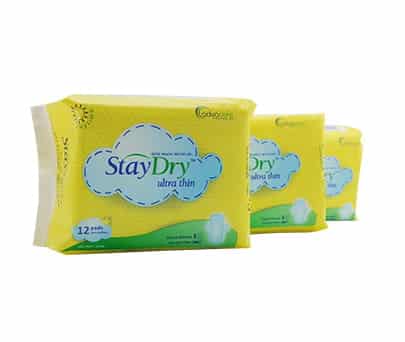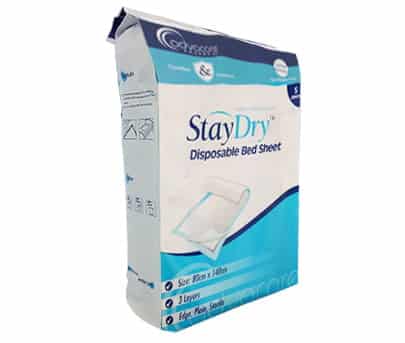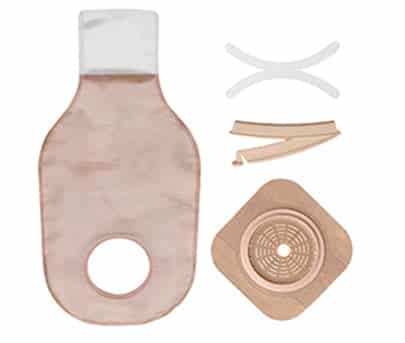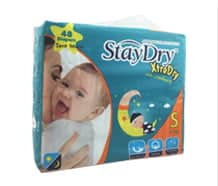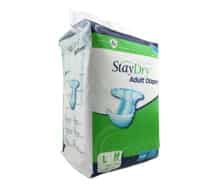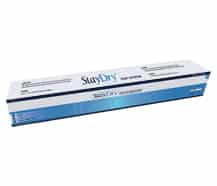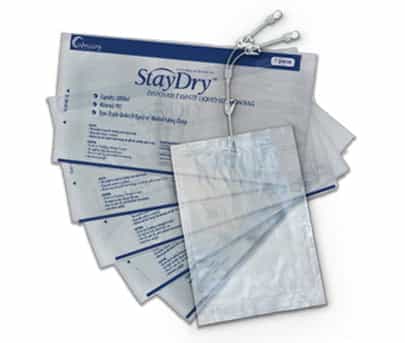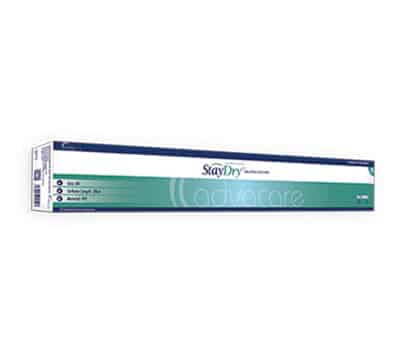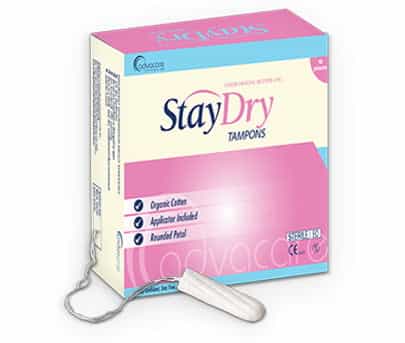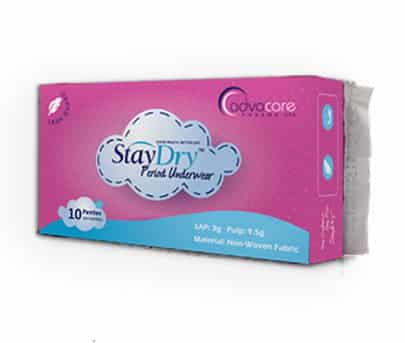StayDry News
Dealing with Urinary Incontinence
Posted January 25
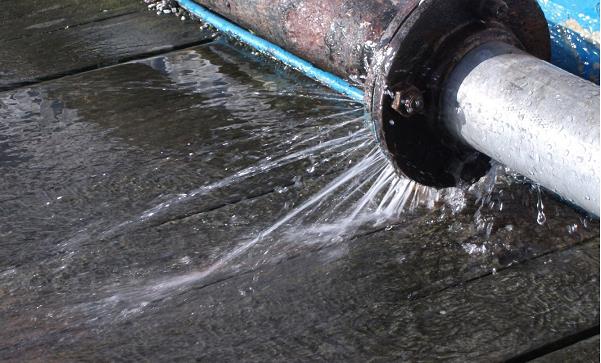
What is Urinary Incontinence?
Sometimes, there’s that urge of having unwanted pee to let out of your bladder. This is a frustrating and mostly an embarrassing problem to many of us. It comes out from a few leaks of urine when you sneeze or cough to having to empty your tank so suddenly that you don’t reach the toilet in the right time. This condition is called urinary incontinence. There are approximately 42.6 million people in the world that are suffering from it right now, 86% of them being the elderly.
Symptoms and Causes
Basically, it usually is the result of a damaged sphincter, the muscle that controls the flow of urine out of the bladder. If the sphincter is unable to totally shut off the urethra, leaking occurs.
Nervous system complications like Alzheimer’s disease, Parkinson’s disease and multiple sclerosis can cause somebody to have uncontrollable urination. People with long-term diabetes also contribute to nerve damage; thus, affecting control on the bladder. Bladder spasms are also potential side-effect of stroke as the body loses the capacity to regulate bladder contraction. Head and spinal injury can be a pain to the brain and nerve functions that govern continence, interrupting the signals required for proper urine flow.
Urinary incontinence may only be a temporary condition. It is good to note that urinary incontinence is not a disease, but a symptom. It can be due to your everyday habits, underlying medical conditions or physical problems. A visit to your urologist can help evaluate and determine what’s behind your condition.
Some foods, drinks, and prescription drugs functions as diuretics – those that stimulate the bladder and increase the volume of urination. They include alcohol, caffeine, carbonated sodas, decaffeinated coffee and tea, corn syrup, artificial sweeteners, food that are high in sugar, spice, or acid, particularly citrus fruits, heart and blood pressure prescriptions, sedatives, and muscle relaxants, and large dosages of Vitamin B or C.
Mentioned to be only a temporary condition, it may be caused by a treatable condition such as urinary tract infection (UTI) that irritates the bladder urging to urinate and sometimes incontinence. Other signs and symptoms of UTI include a burning sensation when you pee, along with a foul-odor pee.
Constipation is also behind this temporary medical condition causing incontinence, since the rectum is positioned near the bladder and shares many of the same nerves. Hard and compacted feces in the rectum cause these nerves to be overactive and increase urination.
And also, urinary incontinence can be a persistent condition that is caused by underlying physical problems or changes, including enlargement of the prostate, prostate cancer, obstruction and aging. If urinary incontinence is here to stay, it is a must to visit a urologist for medication.
Diagnosis and Treatment
It is really important to determine the type of urinary incontinence one is suffering at. Doing so will help guide treatment decisions.
The doctor shall be conducting a thorough history and physical exam. A simple maneuver may then be asked to demonstrate incontinence. The following steps are to be done: closing the mouth, pinching the nose shut and exhaling harder. After such procedures, the doctor will most likely recommend you to do urinalysis (urine sample to be checked for abnormalities), bladder diary (keeping track number of liquids drank, urination frequencies, amount of urine etc), post-void residual measurement (checking the amount of non-flushed out urine in the bladder using a catheter or ultrasound test).
The doctor may recommend the following tests if further information is needed: urodynamic testing (tests to measure the bladder strength and urinary sphincter health), cystoscopy (checking and removing abnormalities in the urinary tract), cystogram (capturing X-ray images of the bladder while urinating), and pelvic ultrasound (checking for abnormalities in the urinary tract).
The treatment for urinary incontinence is based on its severity, type of incontinence and the underlying cause. A combination of treatments may be required. Doctors may likely suggest the least interfering to be conducted first and proceed to the other options only if these tests fail.
There are also some simple health habits that one can practice to combat incontinence. Urine leakage problems may require you to take care to avoid skin irritation. Cleaning yourself with a washcloth and allowing your skin to air-dry is a good practice. Refrain from frequent washing and douching because these can overwhelm the body’s natural defense against bladder infection. Applying barrier creams, like petroleum jelly or cocoa butter, in order to protect the skin from urine.
A quick access to the nearest toilet is more convenient, especially if you have the urge or nighttime incontinence. If functional incontinence is your condition, keep a bedpan that you can store near you. Widening an existing bathroom doorway and installing an elevated toilet seat is also recommended.
Wearing absorbent pads, bringing along extra clothes or even avoiding going out are some ways on coping with embarrassing bladder control problems.
Effective treatments are available for urinary incontinence nowadays. It is still important to seek medical consultation about incontinence.
Urinary incontinence isn’t always avoidable. In order to help reduce the risk of having one, it is very important to maintain a healthy diet and balanced weight. Practicing pelvic floor exercises is found to be helpful as well. Eat fiber-rich foods, which prevent constipation, a cause of urinary incontinence. Avoid taking caffeine and acidic foods that may irritate the bladder. .
You’ll be on your way to regaining an active and confident life.
To learn more about StayDry Incontienence Products, please click here








